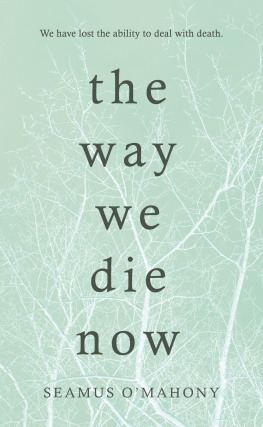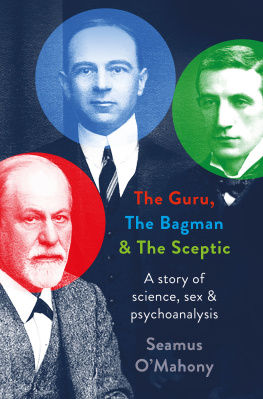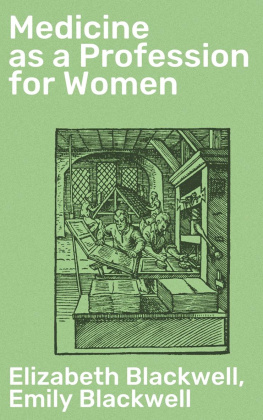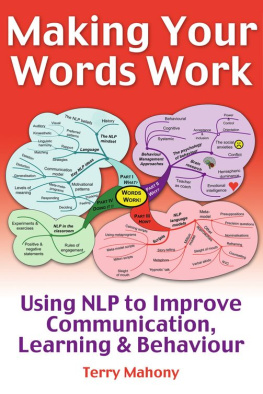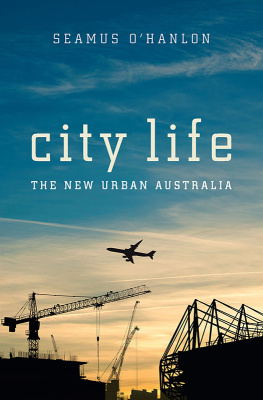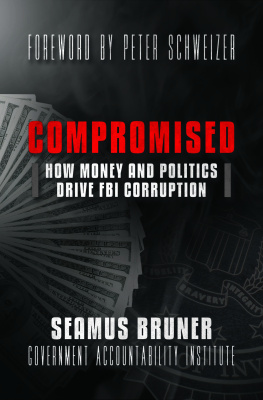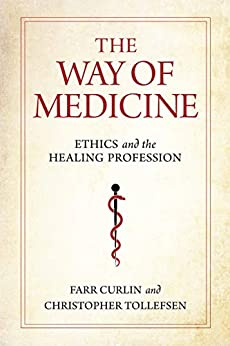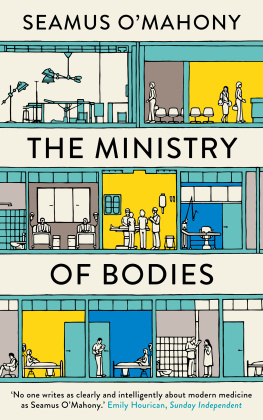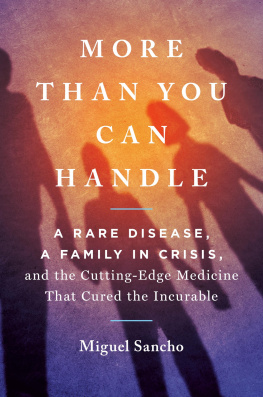Seamus O’Mahony - Can Medicine Be Cured?: The Corruption of a Profession
Here you can read online Seamus O’Mahony - Can Medicine Be Cured?: The Corruption of a Profession full text of the book (entire story) in english for free. Download pdf and epub, get meaning, cover and reviews about this ebook. year: 2019, publisher: Head of Zeus Ltd, genre: Science. Description of the work, (preface) as well as reviews are available. Best literature library LitArk.com created for fans of good reading and offers a wide selection of genres:
Romance novel
Science fiction
Adventure
Detective
Science
History
Home and family
Prose
Art
Politics
Computer
Non-fiction
Religion
Business
Children
Humor
Choose a favorite category and find really read worthwhile books. Enjoy immersion in the world of imagination, feel the emotions of the characters or learn something new for yourself, make an fascinating discovery.

- Book:Can Medicine Be Cured?: The Corruption of a Profession
- Author:
- Publisher:Head of Zeus Ltd
- Genre:
- Year:2019
- Rating:4 / 5
- Favourites:Add to favourites
- Your mark:
- 80
- 1
- 2
- 3
- 4
- 5
Can Medicine Be Cured?: The Corruption of a Profession: summary, description and annotation
We offer to read an annotation, description, summary or preface (depends on what the author of the book "Can Medicine Be Cured?: The Corruption of a Profession" wrote himself). If you haven't found the necessary information about the book — write in the comments, we will try to find it.
Can Medicine Be Cured?: The Corruption of a Profession — read online for free the complete book (whole text) full work
Below is the text of the book, divided by pages. System saving the place of the last page read, allows you to conveniently read the book "Can Medicine Be Cured?: The Corruption of a Profession" online for free, without having to search again every time where you left off. Put a bookmark, and you can go to the page where you finished reading at any time.
Font size:
Interval:
Bookmark:
AN APOLLO BOOK
www.headofzeus.com
 |
A fierce, honest, elegant and often hilarious debunking of the great fallacies that drive modern medicine, by the award-winning author of The Way We Die Now.
Seamus OMahony writes about the illusion of progress, the notion that more and more diseases can be conquered ad infinitum. He punctures the idiocy of consumerism, the idea that healthcare can be endlessly adapted to the wishes of individuals. He excoriates the claims of Big Science, the spending of vast sums on research follies like the Human Genome Project. And he highlights one of the most dangerous errors of industrialized medicine: an over-reliance on metrics, and a neglect of things that cant easily be measured, like compassion.
This book is dedicated to the memory of
Julia OConnor (19242018)
We take our health for granted, a luxury unknown throughout most of human history. My mother was born in 1932, in a rural hamlet in West Cork, the youngest of nine children. When she was ten years old, she fell seriously ill. It was unusual to summon the doctor in those days, but her parents were so worried that the local GP was called. The doctor drove the ten miles from his surgery, and arrived in bad temper. He examined the child, and told her parents that she had pneumonia. He prescribed sulfapyridine, an antibacterial drug developed only a couple of years before, and known colloquially as M&B, after the manufacturer, May & Baker. Sulfapyridine was commonly used during the Second World War, but fell into disuse when penicillin became widely available. The GP also ordered my grandparents, for reasons which I cant fathom, on no account to give her water. They would not countenance going against the doctors advice, and my mother endured the torments of both the pneumonia and a raging thirst. She was saved by her sister, Margaret, who under cover of night went to the well and fetched water. Whether because of her sisters forbidden ministrations, or the M&B tablets, or both, my mother survived.
Her brother Billy was not so lucky. At the age of seventeen, while at boarding school, he became ill; he had lost weight and complained of pains in his back. He was sent home, and eventually was diagnosed with spinal tuberculosis (TB). At his school a seminary he was in close proximity to hundreds of other boys, several of whom must have been infected with TB. The prison-like food rations (exacerbated by wartime shortages) meant that these boys were chronically malnourished, and thus more susceptible to infection. There was no effective drug treatment for TB at that time. His parents chose not to send Billy to hospital; the doctor told them that his disease was advanced and incurable, and nothing could be done for him. His mother nursed him at home; the local women rallied to her aid, looking after the house and the children. Billy died in 1946, aged eighteen. His sister, Julia, who had entered the Loreto order of nuns a few years before, was not allowed to leave the convent to attend his funeral. She died, aged ninety-four, during the writing of this book.
Tuberculosis was a blight on Ireland throughout the nineteenth century and the first half of the twentieth century. William Wilde (father of Oscar) worked as a census commissioner, and estimated that between 1831 and 1841, TB caused 11.4 per cent (135,590 of 1,187,374) of all deaths in the country. The disease carried a social stigma, as it was associated with poverty and malnutrition, and was known by a variety of euphemisms, such as decline and delicacy. So great was this stigma that many sufferers were hidden away by their families. In 1948, two years after Billys death, a young doctor called Nol Browne was appointed health minister in the new Irish coalition government. He introduced mass population screening for TB, along with BCG vaccination (Bacillus Calmette-Gurin vaccine, the standard immunization against tuberculosis). Brownes programme was moderately successful; the tuberculosis death rate dropped from 123 per 100,000 of the population in 1947 to 73 per 100,000 in 1951. He funded the construction of several new sanatoria specialist hospitals for the treatment of TB patients. Sanatoria had been well established in continental Europe since the mid-nineteenth century; Thomas Manns The Magic Mountain is set in a Swiss TB clinic. The sanatoria offered bed rest, fresh air, sunshine and nutritional supplements such as cod liver oil. Some recovered under this regime; many died. A variety of surgical procedures were carried out on patients with pulmonary TB, including pneumothorax (collapsing the lung to rest it), crushing of the phrenic nerve to paralyse the diaphragm (also to rest the lung) and partial pneumonectomy (removal of a portion of an infected lung). These procedures were of dubious and unproven benefit. I still see elderly people who survived them.
Around the time of Billys death, streptomycin became available for treatment of TB in the US, but it would be several years before British companies started producing the drug. In 1948, George Orwell was one of the first TB sufferers in Britain to be treated with streptomycin. Through his connections with David Astor, the editor of the Observer , and the health minister Aneurin Bevan, a supply of streptomycin was obtained from the US. Royalties from Animal Farm paid for the drug. Orwell, unfortunately, did not respond, suffering severe side effects. He donated whatever streptomycin was left over to Hairmyres Hospital near Glasgow, where he was treated. Two doctors wives received the drug, and both were cured of their TB. The Medical Research Council started recruiting patients into their streptomycin trial in 1946. It was the first ever randomized controlled trial: i.e. patients were randomly allocated (to eliminate bias), in equal numbers, to the active drug (streptomycin) and a placebo, or control. The trial was concluded in 1948; it showed clearly and unambiguously that streptomycin was effective. With the advent of streptomycin, and later, other more effective drugs, deaths from TB continued to fall. Some argued that the disease was on the decline anyway, long before these drugs became available. TB hasnt gone away; it still kills millions of people in poor countries. In Ireland, the disease lingers on, targeting the poor, the marginalized, the old and immigrants. TB patients are now generally treated at home, and the sanatoria have been put to other uses. The Cork sanatorium, St Stephens Hospital, is now a psychiatric hospital, grappling with a new blight. My mothers father was also stricken with TB (of the lungs), and spent several months in the late 1960s in St Stephens. Children were not allowed to visit, so he would wave at us from a balcony on the first floor, a distant, ghostly, solitary figure. He was born in Lowell, Massachusetts in 1887. His father died in his early thirties of typhoid fever, forcing his widowed mother to return to Ireland and the charity of relatives. Typhoid, which once killed millions, has all but disappeared, due to vaccination and sanitation.
In 1956, there was an epidemic in Co. Cork of the viral disease poliomyelitis, or polio as it is widely known. Hundreds of children contracted the disease, which causes paralysis and wasting of muscles. Some, whose chest muscles were paralysed, had to live within an iron lung to survive. Many others, like the great Middle East correspondent Patrick Cockburn, endured long hospitalizations, and later, numerous orthopaedic operations. Thousands fled the city, which was effectively quarantined. The survivors of this epidemic are now in their sixties and early seventies, easily identifiable by the lifelong disability caused by polio. In the mid-1990s there were between 7,500 and 10,000 survivors of the disease still alive in Ireland. Cockburn wrote of polio in his memoir The Broken Boy : As a killer it never compared with cholera, typhus, malaria, yellow fever or consumption, but it carried an extra charge of fear because like leprosy and smallpox it disfigured and disabled the living. Aids is the only disease in the last half-century to create comparable terror. The American virologist Jonas Salk had been working on a vaccine against polio since the early 1950s; in 1955, he announced the results of the first trial of his vaccine, which proved beyond doubt that it worked. The Salk vaccine was given by injection; it was replaced with Albert Sabins oral vaccine in 1961. This was the vaccine I was given taken with a lump of sugar as a schoolboy. Polio at least in the rich West has disappeared.
Font size:
Interval:
Bookmark:
Similar books «Can Medicine Be Cured?: The Corruption of a Profession»
Look at similar books to Can Medicine Be Cured?: The Corruption of a Profession. We have selected literature similar in name and meaning in the hope of providing readers with more options to find new, interesting, not yet read works.
Discussion, reviews of the book Can Medicine Be Cured?: The Corruption of a Profession and just readers' own opinions. Leave your comments, write what you think about the work, its meaning or the main characters. Specify what exactly you liked and what you didn't like, and why you think so.

